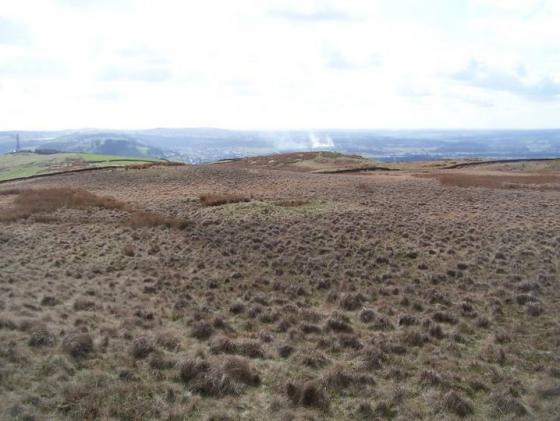Rev. J R Luck of Stonyhurst College excavated the lower mound in 1894 revealing a cinerary urn dated to around 1250BCE containing the cremated remains of a body. Also found were a young man’s skull and a flint knife, a boy’s skull and a child’s skull.
During WWII J.R.R. Tolkien stayed at Stonyhurst College, which lies within easy walking distance. His son was a boarder there and Tolkien, to escape the blitz, spent many months there in order to concentrate on his writings. It is said that some of his inspiration for the Shire comes from the Ribble Valley.



































